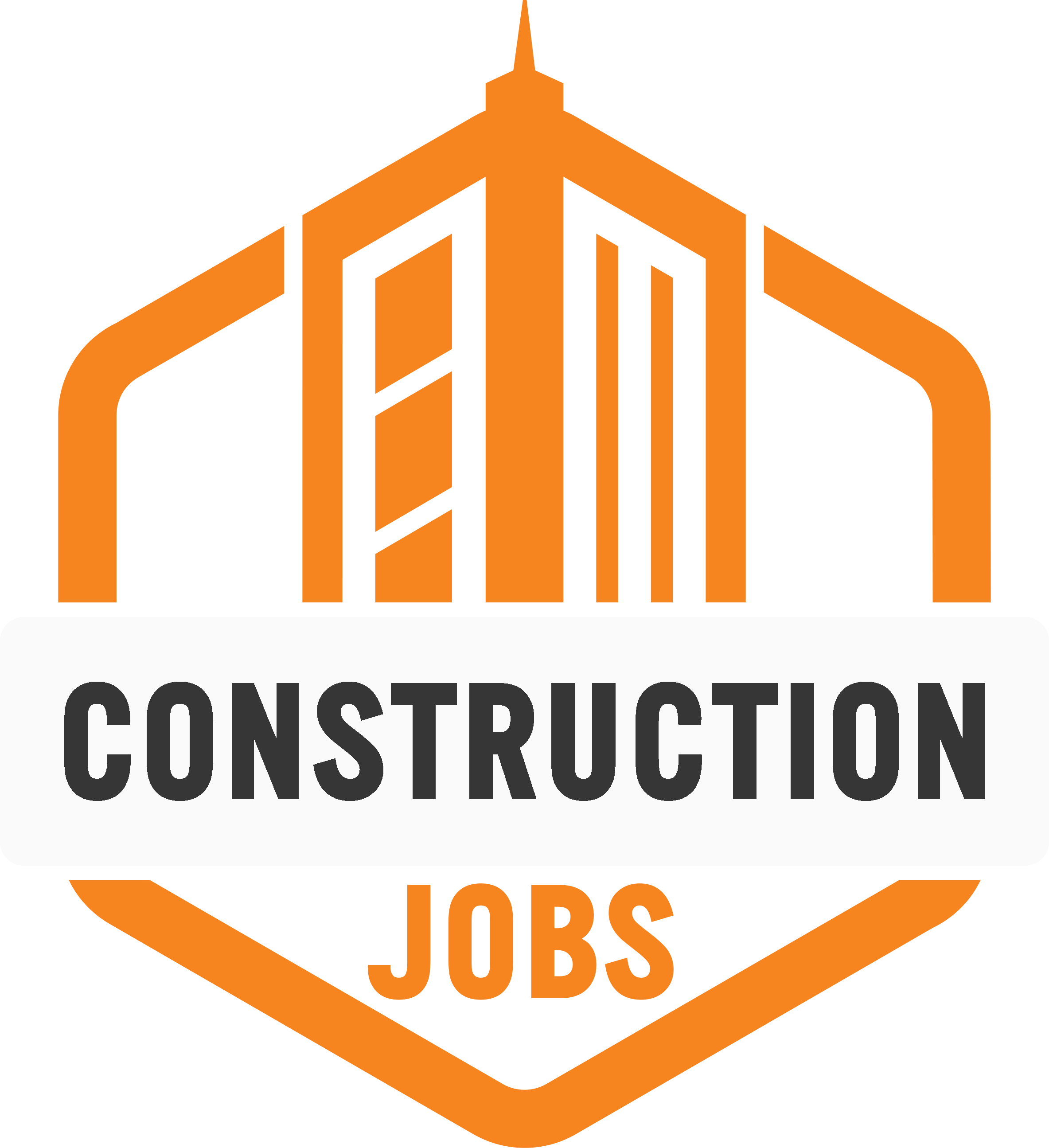How To Reduce Idle Time To Stick To Project Timelines
Enhance Construction Efficiency: Combat Idle Time with Practical Strategies for Timely Project Completion.

The successful conclusion of construction projects greatly depends on how efficiently major resources like time, labor, equipment, and materials are planned, allocated, and utilized. Although each of these resources is vital for success, time and the ability to manage it are of prime importance. Proper time management helps to improve productivity on construction projects, complete the task to the timeline, or even beat the deadline and create a positive experience for the project’s stakeholders.
One way to minimize time-related inefficiencies is to identify areas where idle time exists on a project and then adopt strategies to reduce it.
Below is a look at the concept of “idle time” on construction projects, what causes it, and how to reduce it.
What is idle time?
Starting with a simple definition, Investopedia defines idle time as “paid time that an employee, or machine, is unproductive.” It can also be described as a period when an asset, although fully functional, is not performing its duties because it's waiting on/for something or someone. In this instance, “asset” may refer to both employees and machines.
For example, workers on a location waiting for instructions before they can start the day’s work, or a payloader that has not been used for X hours because materials did not arrive on site due to logistics problems. These are typical examples of idle time.
When we talk about idle time in the construction industry, it is important to mention engine idling time. Engine idling refers to the time when a vehicle’s engine is running, but the vehicle itself is stationary. This can cause a lot of unnecessary costs, and we will touch on it more later in the article.
Although it’s inevitable that there will be some period of reduced activities as project workflow varies, it’s still wise to track idle time and look for ways to minimize it because not only does every minute that your machine or employee is idle equal a minute of lost productivity, but unchecked idle time can quickly add up and jeopardize project timelines.
With this in mind, let’s look at some of the common effects of idle time on construction projects.
How idle time impacts construction projects
Increased project costs
Idle time can increase a project's costs in several ways, most often in the areas of major resources like fuel and labor. In the case of fuel costs, the Department of Energy estimates that when heavy-duty trucks idle, they consume about 0.8 gallons of fuel per hour. Combine that figure with data coming from equipment manufacturer Komatsu, which says that the average idle time for heavy equipment is 40 percent. That could run into thousands of idle hours per annum. Added up over the course of a construction project lasting for many months or years, the cost of poor fuel efficiency for a large fleet becomes a considerable waste. That's money that could have been put to better use in other areas of the project.
In the case of labor, workers are being paid in full even though they are producing results that are much less than their maximum productivity levels. By helping workers to be more efficient, you can do the same amount of work with fewer people (or just finish projects faster in general).
Missed project timelines
Unchecked idle time among construction staff can lead to a mismanaged and inefficient workforce. This will cause noticeable problems on any construction project. Such problems include lower productivity, delayed tasks, wasted time, [AK1] frequent rework, scrapped work, wasted building materials, and ultimately a disorganized workflow that increases the risk of extending the project’s duration.
Delayed payment
There are several ways by which contractors can receive payments for construction work. One common payment method is by progress payments, where payments are made at specific stages (monthly or by project completion percentage while the project is ongoing). Ideally, this arrangement enables better cash flow as well as other benefits for contractors and subcontractors. However, delays - such as the type caused by idle time - can add up, affect project completion time, and delay the release of the final contract retainage payment.
How to reduce idle time
The good news is, whether a project is experiencing idle time on its equipment and vehicles or from its workers, the situation can be significantly improved by following these practical steps:
Reducing equipment idle time
Incorporating idle reduction technology
There are idle management systems that turn engines on and off without affecting battery charge. A great resource for finding some of these systems is the Environmental Protection Agency (EPA) SmartWay Program. Although these tools do not eliminate idling completely, they help reduce it, leading to savings in fuel use as well as reduced engine wear and emissions.
Better planning/scheduling of machine usage
With a little foresight and some tweaks, construction activities can be organized in a manner that further reduces idle time. For instance, waiting for stationary assets that are blocking their way to be moved is a common reason why heavy vehicles often have to remain idle. Instead, machines and equipment can be positioned better so that they do not obstruct others from passing by freely and quickly.
However, where idle time is unavoidable, it can be put to good use. For example, companies can schedule preventive maintenance on heavy equipment during those times when they are not used for anything else.
Also, as part of company policy, drivers and equipment operators can be trained to reduce the amount of time they leave these assets idling.
Reducing workers’ idle time
Better planning and workflow management
A 2018 Harvard Business School study indicates that up to 78.1 percent of workers find themselves on a weekly basis with involuntary idle time. This costs American employers about $100 billion annually. In other words, workers are available but are simply waiting around for something to do.
There are several reasons why workers may be left idle, like scheduling more workers than needed or poor work allocation. Many times it may be that too much time was assigned for the task. Interestingly, the same Harvard study stated that when participants realized that they were given much more time than they needed, they intentionally slowed their pace to fill up the time without any measurable improvement in work quality.
On construction sites, computerized work orders can be valuable for avoiding such inefficiencies because these documents are clear on who is to do what, where, and when. And any deviations can be easily tracked and corrected.
Availability of work tools, materials, and equipment
Other causes of workers’ idle time that almost everyone can relate to include when construction raw materials unexpectedly run out (maybe owing to a supply problem), the required tools for a task are not available, or a piece of major equipment unexpectedly breaks down. These kinds of issues may not be avoidable all of the time, but they can be managed by adopting systems like better materials management, inventory management, and an equipment maintenance management program.
Final thoughts
Timelines are an essential part of any construction project. Companies that develop a reputation for not keeping to project timelines will likely have a harder time landing bigger projects. Not only that, but they will constantly struggle with getting their progress payments (if they have that business model). Don’t let idle time be the reason why this happens to your construction business.
Bryan Christiansen is the founder and CEO of Limble CMMS. Limble is a modern, easy to use mobile CMMS software that takes the stress and chaos out of maintenance by helping managers organize, automate, and streamline their maintenance operations.
- Share This →

